The Different Ways Children Express Themselves – Real Learning? (photo above by Joan Gilmore)
An eleven year old girl has been learning classical ballet for several years. She then has the opportunity to see a production of both Sleeping Beauty as well as The Nutcracker. After dinner at her Granny and Grandad’s, she spontaneously spends a spring evening dancing, practicing her “moves.” Sorry – so unlike classical ballet to say that, but I couldn’t resist! I’ll try again. She is practicing posture and positions and movement. She is both focused and relaxed. The air is fresh, it is unseasonably warm and watching her, one can see there is classical music in her head as she dances. Many of the steps she has practiced for quite some time are second nature and she is full of joy. This joy is there, but is not always as obvious to others in her actual classes where she is deeply observant but not always the most eager participant. The space here in the quiet evening is where this introverted girl enjoys herself and the fullness of what she has been learning.
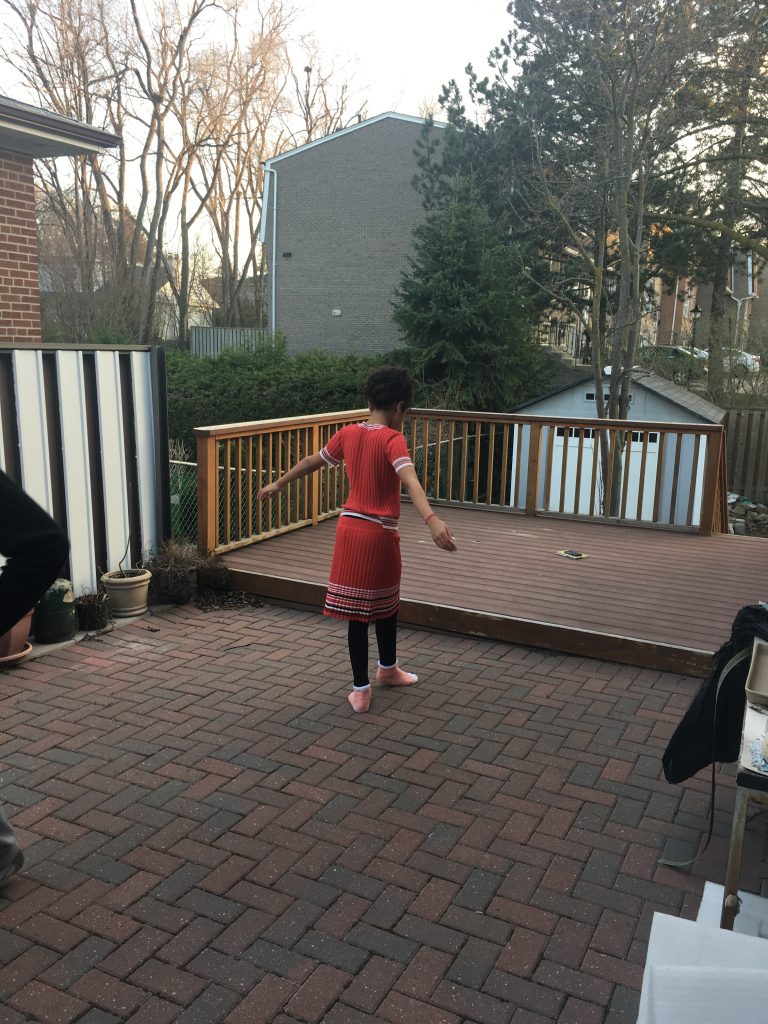
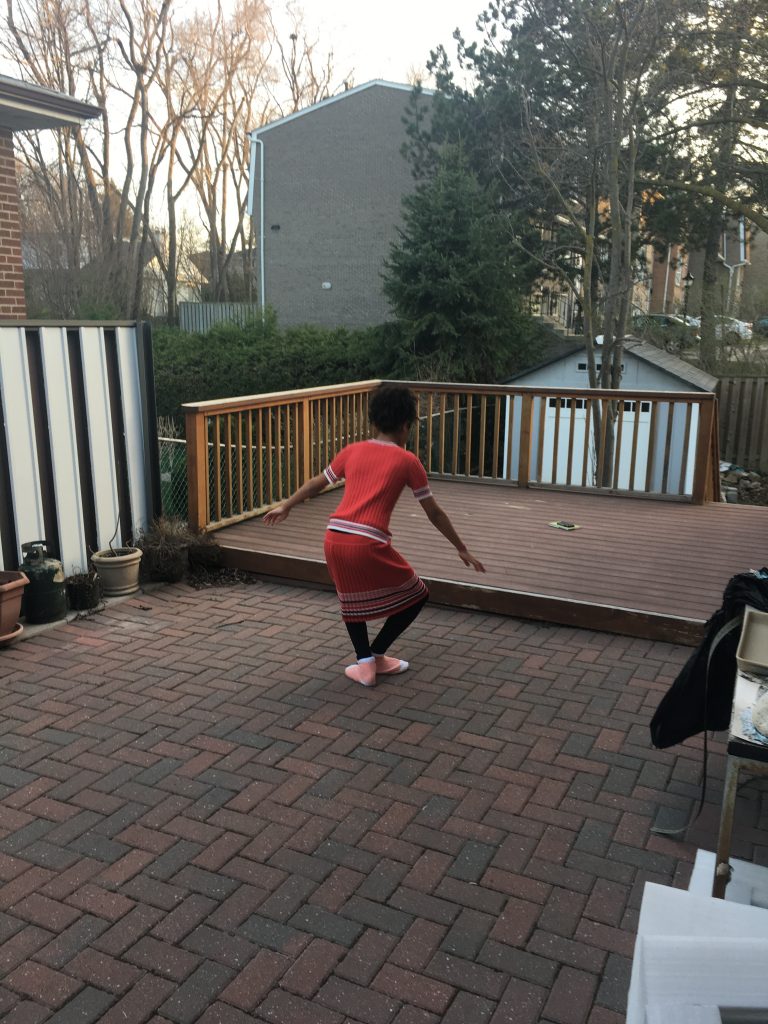
Three girls, all friends, play freely in the bedroom of one. Excitement breaks out as they decide to plan an event. A poster advertising the upcoming party is designed, tickets are made up, and lists, many lists, of food, decorations, guests and the order of activities are compiled. It’s decided that the event will take place in the backyard with stations/ activities in different spots. A map is drawn up, complete with a legend, numbering and arrows, indicating the flow of activities because a couple of them build on each other. Times are set out in a sort of timetable / agenda. What these three share is the excitement of a big picture event that involves art and craft in the process.
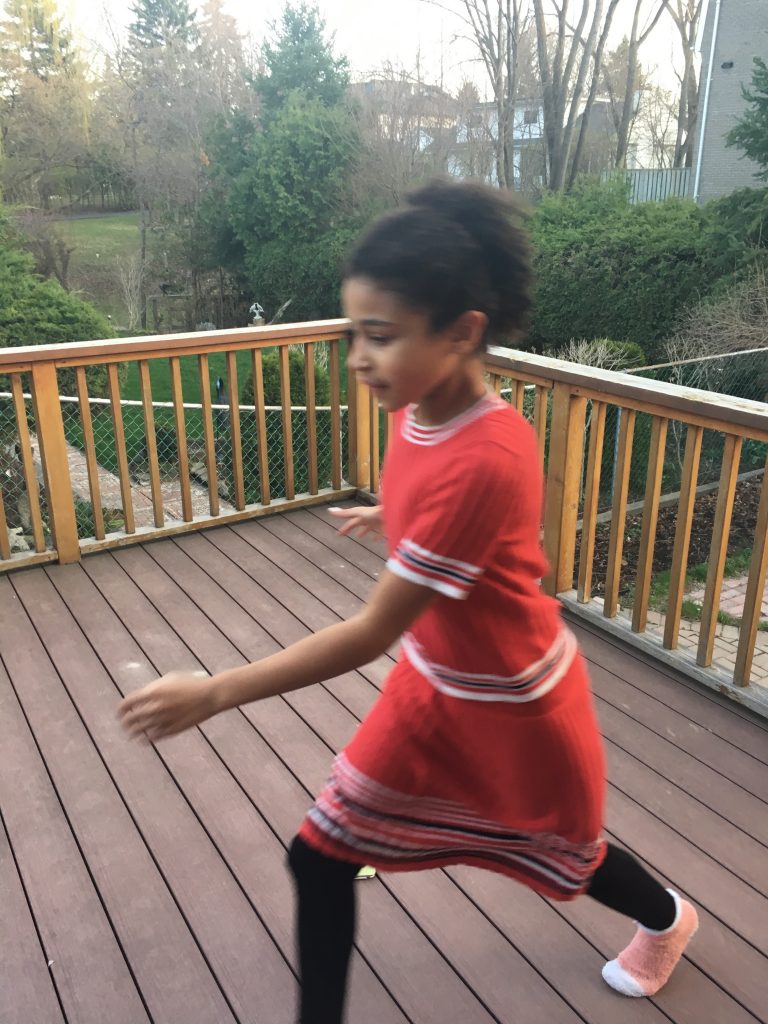
If you have children, grandchildren or children in your life in regular ways, I imagine you can see some fascinating things expressed through their play as well. I think we all may have had a bit more time than usual to see some during these last several weeks of pandemic. I’d love to hear about them, no matter how small they might seem:).
Enjoy this post? Please share.
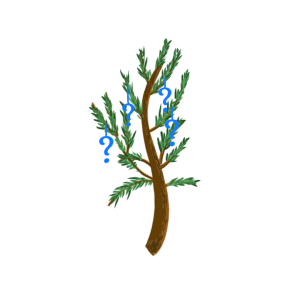
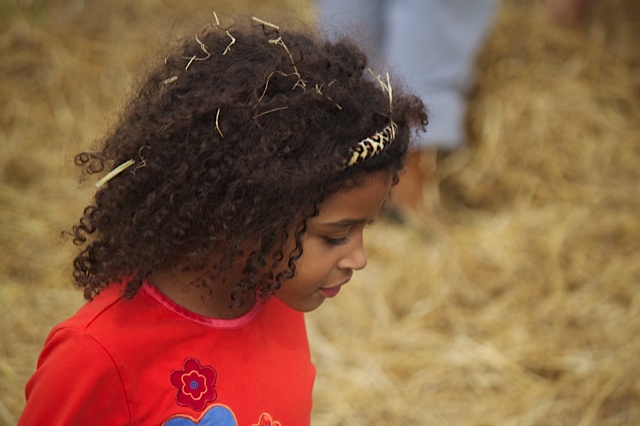
Hi Erin, yes there is a bunch happening here. Right now it seems to be mostly connected to movies. We’ve had so much open time in our evenings since the Covid 19 situation started that we have watched a lot more movies than usual. I enjoyed the image of the one child you mentioned acting out movies or shows after watching. That’s exactly what is happening here. Other times I can see pretend play that has a theme or character that came from the movie but my son has put a different twist on it. We watch a lot of them together so we’ve also been discussing ideas. They have many, many, many interesting thoughts that come up!
Hi Liz,
That all sounds so fun. Your point about your son’s pretend play having a recognizable theme or character from a movie and you noticing him putting a different twist on it is so fun because I think that’s how new ideas and things often come about. We build on we’ve seen or learned elsewhere and add our own ideas and then maybe somebody else adds on and it goes from there. Glad so many great conversations are coming up too. Movies are great for that, aren’t they? Thanks:).
Love this! I have definitely noticed some things these last few weeks. Glad you said it could be small because this may not sound too exciting but DD and I have been reading a bunch of Dr. Seuss. We found some lesser known ones like The Butter Battle Book as well as the regulars like Green Eggs and Ham, Cat and the Hat and whatnot. Now I’m noticing all kinds of rhyming and silly poems and lots of words and sounds that she’s recognizing. On top of that, she is drawing some funny creatures. We’re having a great time naming them😃.
Mara, I am a big fan of Dr. Seuss but I didn’t know about the Butter Battle Book. I’ve just actually looked it up and it looks great! I think my favourite is Yertle the Turtle. It’s so neat that the books have sparked so many things for your daughter … silly poems and creatures sound like lots of fun:). Dr. Seuss’s imagination seemed to know no bounds so what a great springboard for diving into her own ideas. Thanks so much for commenting.